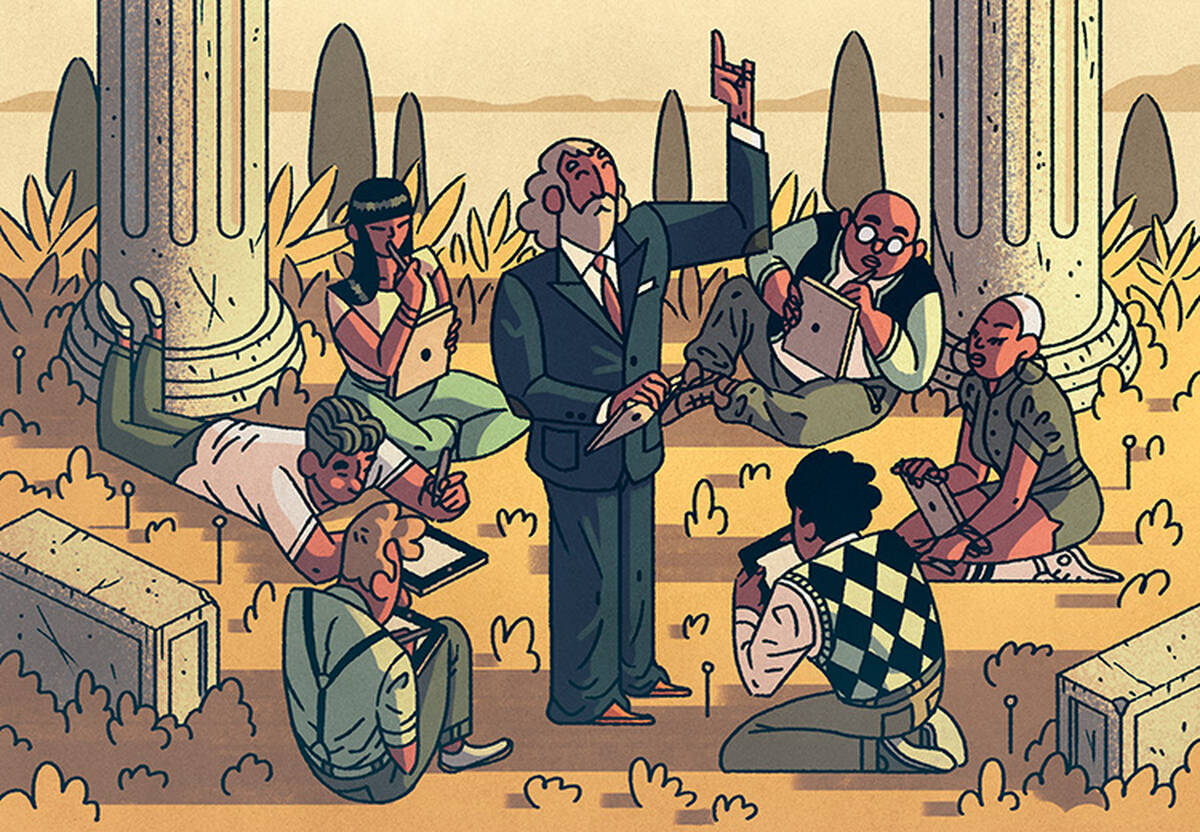To win others to your cause, it helps to understand the subtle factors that influence everyday decision-making. Here, Kellogg faculty reveal strategies for getting others to jump aboard your bandwagon.
Got a great new idea? It won’t necessarily be easy to get others to agree.
“People just aren’t naturally oriented towards innovation or change,” says Loran Nordgren, an associate professor of management and organizations. In fact, it’s the opposite: we love to hang on to the tried-and-true.
Fortunately, Nordgren—who studies influence and decision-making—offers up some ways to get around this tendency.
First, let the audience know what it’s missing. Your first inclination may be to stress the benefits of your new idea. But, Nordgren says, it’s usually more effective to emphasize what someone would miss out on by not embracing it. That’s because we are wired to feel the pain of a loss more acutely than the pleasure of a gain.
Next, let people experience the benefits. According to a psychological concept called “the endowment effect,” we tend to value something more once it is in our possession. That’s why, for example, HBO offers its movie channels free for three months—because it’s hard to give those channels up once they’ve been “ours.”
And lastly, win over a critical mass. People tend to make decisions based on the behavior of those around them. So if you can first secure some easy wins, that will help convince late adopters to get on board.
When trying to persuade an audience, is it better to appear competent (highlighting, say, your expertise on a topic) or to appear warm (stressing, instead, your sincerity on an issue)? According to marketing professor Derek Rucker, the answer may depend on whether the speaker and the audience feel equally powerful—or powerless.
In a series of experiments, Rucker and colleagues prompted participants to temporarily feel either very powerful or less powerful. The researchers then assigned some participants to be communicators and some to be audience members. The communicators were tasked with trying to persuade the audience to, for example, dine at a specific restaurant.
High-power communicators tended to rely on competence-related arguments, while low-power communicators were more likely to use warmth-related arguments.
Furthermore, high-power audience members found pitches that focused on competence to be more persuasive. And low-power audience members were more likely to be persuaded by pitches that focused on warmth.
In other words, the better the power match between communicators and audience members, the more effective the communicators’ tactics.
Getting complicated ideas across in an effective way is at the heart of successful business interactions, from one-on-one meetings to company-wide presentations.
Kellogg finance professor Mitchell Petersen offers a few tools to help others understand and buy into complex ideas.
For one, use visuals, particularly to help your audience remember the relationships between variables. Illustrated with the right images, those relationships become much more memorable and powerful.
Another tool: stories. Narratives that summarize the relationships between variables are even more effective at cementing your concept in your audience’s memory.
“The dopier the story, the more people may groan—but years later, they remember it,” Petersen says.
Finally, Petersen stresses, encourage audience participation. Body language, such as leaning forward or nodding when asked a question, can help convey that you are genuinely interested in providing clarity.
Customers know when they’re being marketed to, which can make the marketer’s job of persuasion difficult.
Research from associate professor of marketing Kent Grayson has found that customers consider some advertising tactics to be legitimate and informative. This can help marketers avoid wasting time and money on unnecessary or ineffective advertising strategies.
Among the strategies considered most trustworthy are reporting a product’s position on a ranked list from a verifiable third party such as Consumer Reports, and giving both the sale price and the regular price of the product when it has been discounted, Grayson found.
Least trustworthy tactics include celebrity endorsements and statements that the product will be on sale “for a limited time only.”
Grayson stresses that while consumers are far from naïve, advertisers need not throw out the rulebook entirely. “If you approach marketing with the presumption that people perceive all your actions with suspicion, you may end up taking an overly careful approach to avoid triggering an effect that is not there,” Grayson says.




